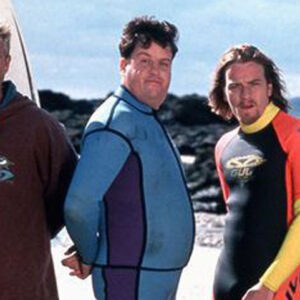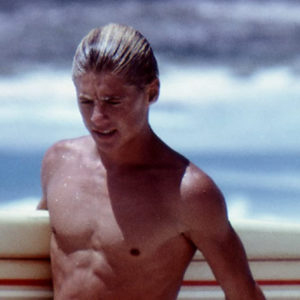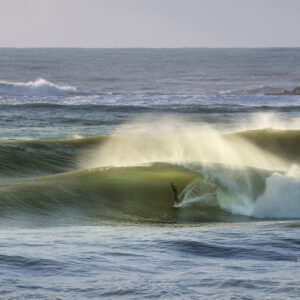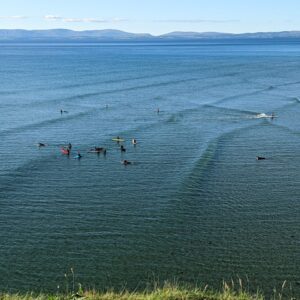Is the Torquay reef break the only global surfspot to be named after crab sex?
Any with as much as a vague interest in surfing should be familiar with the Australian town of Torquay, wave-riding capital of Victoria’s Surf Coast.
Home to Bells Beach and its famous Easter WSL competition, the birthplace of brands like Quiksilver and Rip Curl.
Bells, itself named after a farming family that owned land here in mid-20th century, is as steeped in history as any surf break around the world. Its favourite legends include several notable chapters in board design breakthroughs, most notably Simon Anderson’s unveiling of the thruster in giant surf in 1981.
As for the famous competition, multiple Bells winners are some of the sport’s all time greats, including Mark Richards, Michael Peterson, Nat Young, Tom Curren, Kelly Slater, Sunny Garcia, Andy Irons, Mick Fanning and Steph Gilmore.
Just around from Bells to the east (left as you look out to sea) you can just make out another wave, obscured by nasty outcrop known as the Button.
Winkipop, as it’s known, is considered a vastly superior high performance wave, certainly at 3ft.
Indeed, according to EoS, Mark Richards once called Bells “A dud; the most overrated wave in the world.”
So what about the name, Winkipop?
“Let’s go have a Winkipop” she’d request, regularly and often.
A crew of Melbourne surfers frequented the break in the early 60’s (Bells was first surfed back in the 1940’s) that included Roger Falahey, Brian Trist and the now legendary Peter Troy, one of surfing’s first global explorers.
Trist had another friend called Bill Keenan, who used to hang out with some party girls from Melbourne, one of whom had her own code word for intercourse.
“Let’s go have a Winkipop” she’d request, regularly and often.
Falahey, now in his 80’s, recalled that one day, a group of about 8 of them decided to paddle around the Button and checked the wave breaking past it.
When they came in to the beach, two crabs were locked in the throws of a reproductive tussle.
“Look, they’re having a Winkipop!” exclaimed Trist.
Some six decades later, it’d be nice to think that the distant offspring of those humble detritus feeding crustaceans still inhabit the rock pools along the famous reef, generations of their forebears having dodged the evolutionary pressures of seagull attack or desiccation in the brutal Aussie sunshine, to witness some of surfing’s legendary chapters of history being written within a keen salt spray distance of their tentacles.
Meanwhile, the name still stands to this day.
Cover image: WSL/Kirsten






